In central Oregon, beavers are partnering with heavy equipment and work crews to rebuild historic stream flows
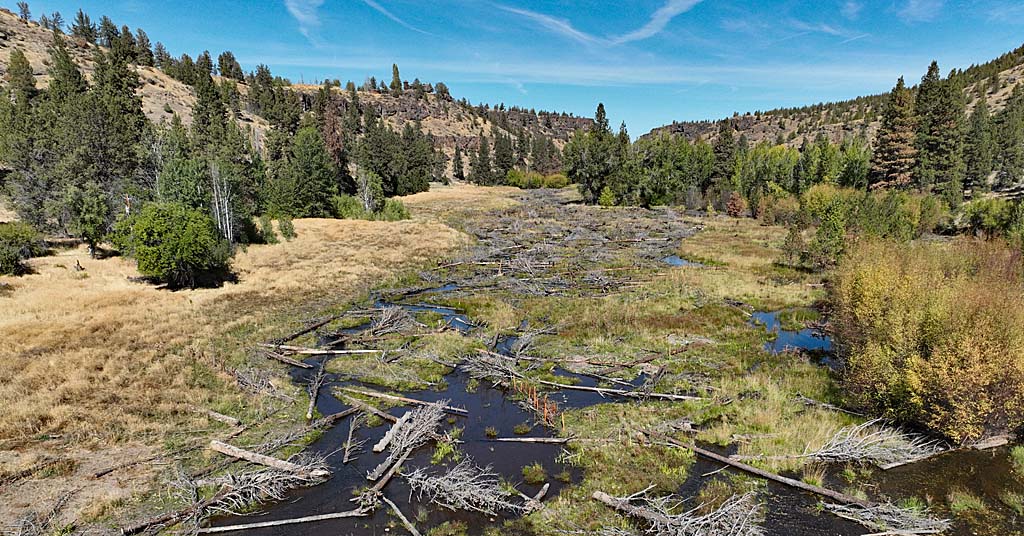
Back log: It’s like old times at Whychus Creek near Rimrock Ranch in central Oregon. Photo: Upper Deschutes Watershed Council
By Kendra Chamberlain. January 15, 2025. “I’ll never forget this,” says Amanda Egerston, stewardship director at the Deschutes Land Trust, recalling a restoration project at the Camp Polk Meadow Preserve along Whychus Creek near Sisters in central Oregon.
A contractor had brought in a piece of heavy machinery to move soil and reshape the landscape. Glancing in his rearview mirror he discovered an audacious beaver had joined his work crew.
“A beaver was gnawing away at an aspen tree, and he saw the tree drop as he was driving,” says Egerston. “It’s just so amazing, the beavers didn’t even wait for us to be done with the earth moving and shaping before moving in.”
The Deschutes Land Trust and its partners, including the Upper Deschutes Watershed Council and federal agencies, have been conducting large-scale floodplain restoration along Whychus Creek since 2009.
Local beavers have acted as enthusiastic partners—proof that the restoration is working as intended.
Various forks of Whychus Creek begin in the Three Sisters Wilderness on the east slope of the Cascade Range, then combine and flow northeastward from Sisters before draining into the Deschutes River.
The creek has a long history of use by Indigenous people and provided a travel corridor to and from obsidian sources in the high Cascades. The name Whychus means “the place we cross the water.”
Beavers have historically been present in the area. Until recently, though, they’d mostly stayed along the perimeters of the creek.
But since 2010, beavers have begun building dams in areas along the Whychus that have been restored.
Last week, the Bend Bulletin reported that a family of beavers had begun building a dam along a stretch of the creek at Rimrock Ranch, just a year after a restoration project was completed there.
“That’s almost like a stamp of approval,” Mathias Perle, restoration program manager for the Upper Deschutes Watershed Council, tells Columbia Insight. “They found the habitat to be conducive to move in, create a family and build a dam.”
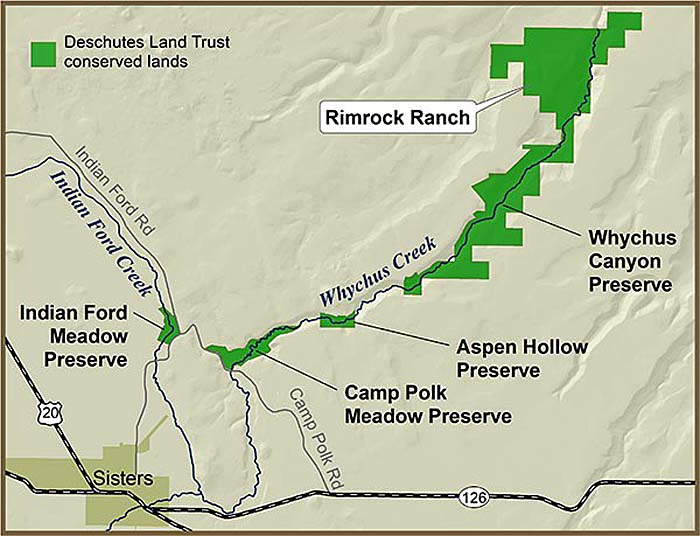
Whychus Creek runs northeast from Sisters, Ore. Map: Deschutes Land Trust
Large sections of Whychus Creek have been significantly altered over the last century, as farmers and ranchers narrowed and straightened the creek’s flows.
“Since really the 1950s and ’60s, a lot of work had been done on Whychus Creek to shift it … to increase the area available for farming activities,” says Egerston. “And in doing so [that work] effectively disconnected it from its historic floodplain and channelized it.”
The Deschutes Land Trust and Upper Deschutes Watershed Council have spent more than a decade undoing that work.
The latest round of restoration work focuses on a 1.7-mile stretch of the creek that runs through Rimrock Ranch, a 1,123-acre wildlife preserve that the Deschutes Land Trust purchased in 2019.
“And all along the way, we have had beavers,” says Egerston.
Beavers take the reins
Beavers are the famed—or infamous, depending on your point of view—ecological engineers of riparian corridors. They work to slow down fast-moving water, which helps a lot of other wildlife make use of the habitat.
That’s been the focus of the human-led restoration along Whychus Creek.
“A lot of what we’re doing with these restoration projects is to restore the processes that will make these habitats self-sustaining,” says Perle. “Ideally, part of these processes are the beavers.”
Contractor crews come in to remove berms and lay down logs and woody debris to slow down and divert water.
In an attempt to mimic the creek’s natural paths and side channels, workers use heavy machinery to dig out soil in some places and fill in soil in other areas.
“We’re also doing a lot of work that’s lower-impact,” says Egerston.
That work includes hand-placing willow stems and posts, and creating “beaver dam analogs” and post-assisted log structures.
“We’re mimicking what beavers would naturally do,” says Egerston. “We are always super excited when we get what feels to us like positive reinforcement—when we’ve just completed a restoration project, and the beavers then are spotted out there tinkering with things and rearranging them to their liking. … We’re happy to hand off the controls to them.”





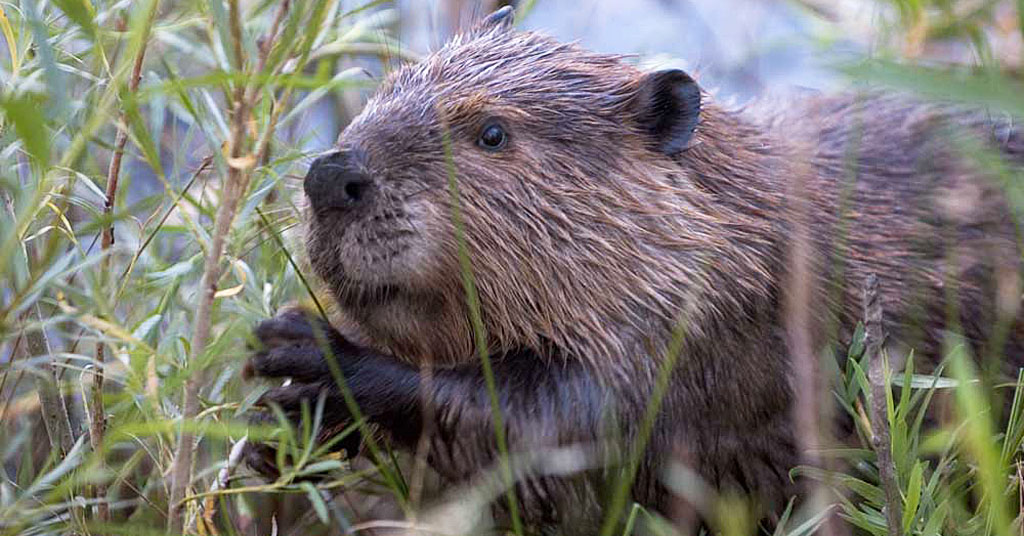
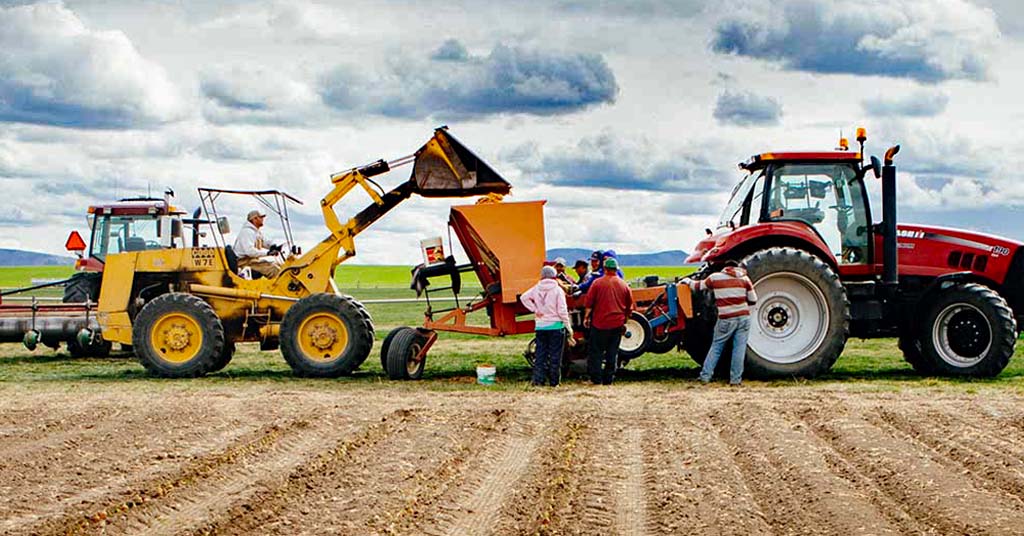
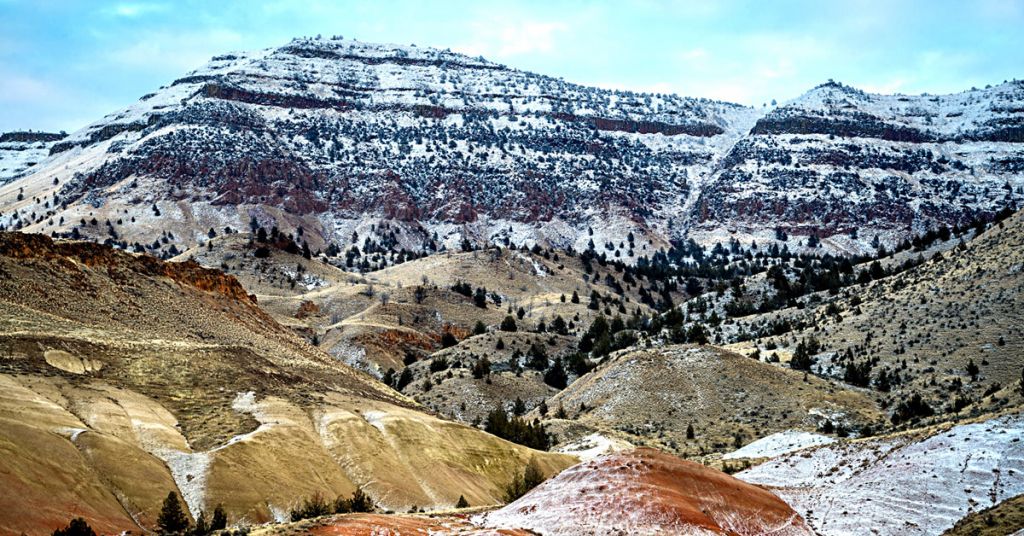



This is wonderful! I hope someone makes a children’s book/graphic novel about this amazing story!